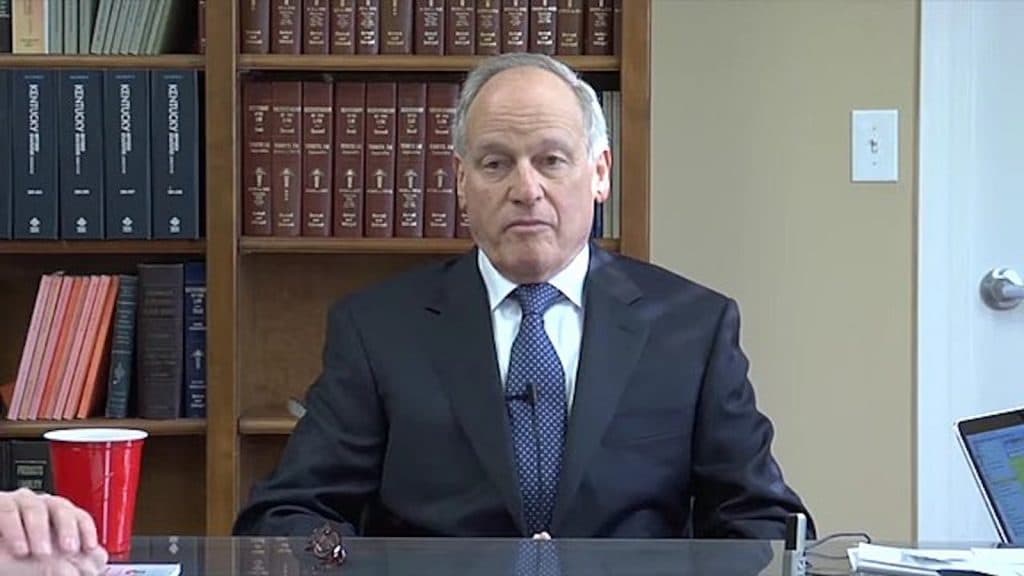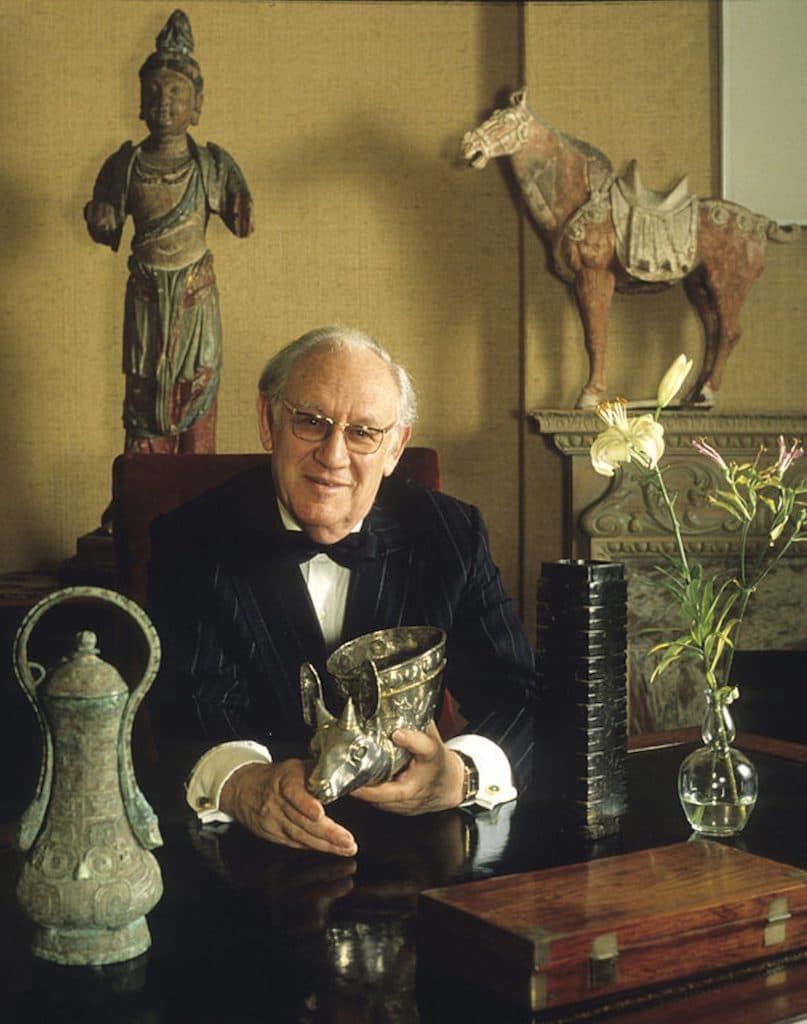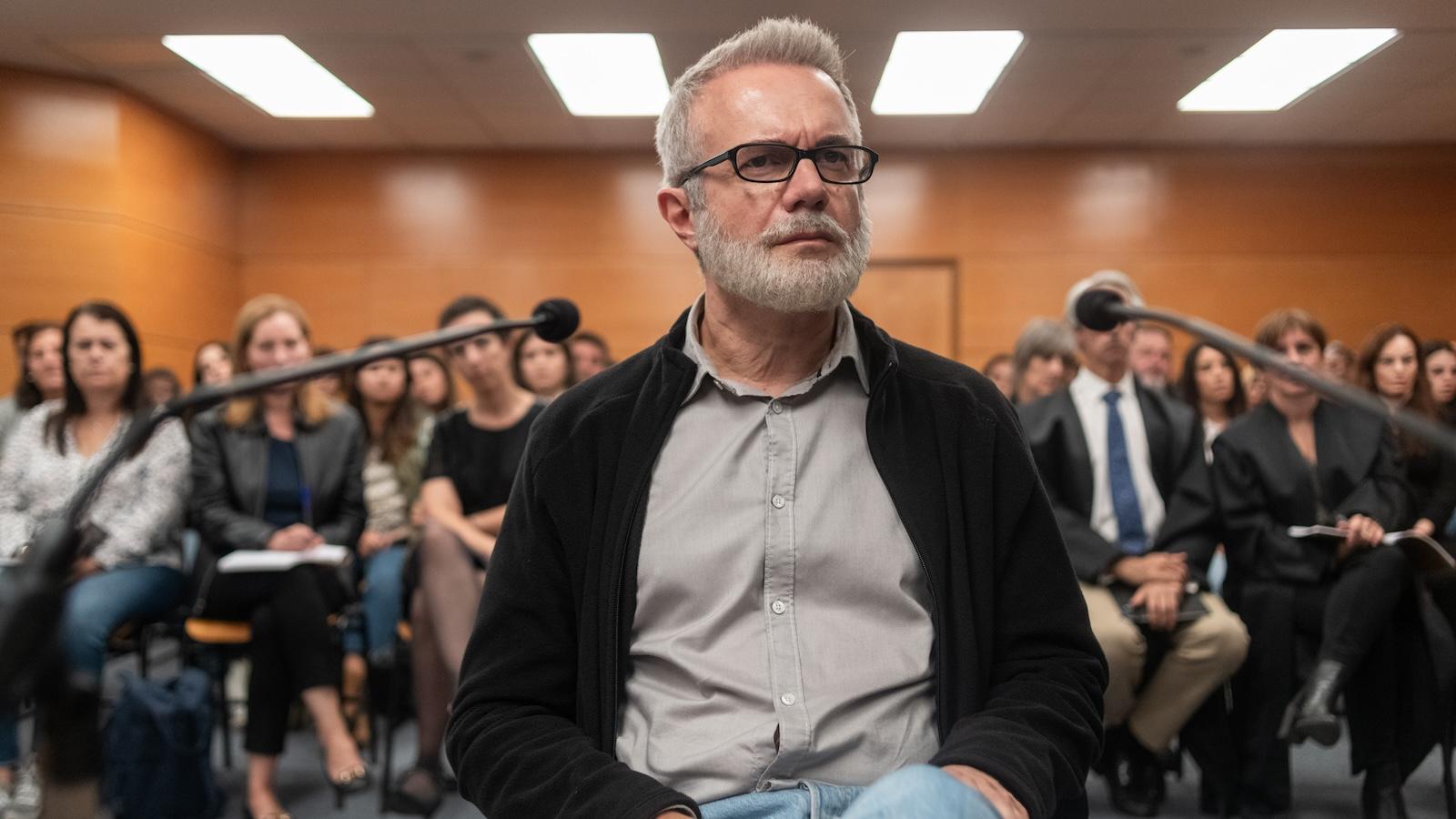Painkiller: Where is Richard Sackler now?
 Netflix
NetflixPainkiller is Netflix’s answer to Dopesick, delving into the opioid crisis in America and the company at the center of it – Purdue Pharma. Whether you caught the drama series last year or you’ve just discovered it, here’s what you need to know about where Richard Sackler is now.
Just as we had the Hulu and HBO dramatizations of the Candy Montgomery case, we’ve now got two retellings of the Purdue Pharma scandal and its role in the opioid crisis, which has claimed thousands of lives in the US.
In the year 2021, Hulu launched the show Dopesick. It featured Michael Keaton and Kaitlyn Dever in the roles of regular individuals whose lives were disrupted due to Purdue’s forceful OxyContin marketing strategy. Meanwhile, Michael Stuhlbarg took on the real-life role of the nefarious Richard Sackler, the millionaire businessman and chairman behind Purdue Pharma.
In 2023, it was Netflix’s turn. The streamer’s series Painkiller, which stars Matthew Broderick as the Sackler heir, has sparked renewed interest in the poignant case. It left many wondering: what happened to the real Richard Sackler after the events of Painkiller, and where is he now?
Painkiller: Where is Richard Sackler now?
Richard Sackler is 78 years old, and is widely reported to be living in his $1.7 million house in Boca Raton, Florida, having sold his $30 million home in 2018. Richard, alongside the remaining Sackler family, are at the center of an ongoing bankruptcy case involving Purdue Pharma. But according to aggregators, his net worth is estimated to be $1 billion.
Richard and the wider Sackler family behind Purdue – which produced and marketed the highly addictive drug OxyContin as a non-addictive painkiller in the 1990s – have collectively faced thousands of lawsuits over their role in the opioid crisis. These have come from individuals, states, and local governments who alleged that Purdue’s marketing practices contributed to widespread addiction and death.
 Creative Commons
Creative CommonsThroughout its heyday, OxyContin made the Sackler family billions of dollars. Fast forward to September 2019 and Purdue filed for Chapter 11 bankruptcy as part of a framework for settling the multitude of lawsuits it faced. The proposed settlement involved the Sacklers giving up control of the firm, with the company being turned into a public trust.
But even today, the case is ongoing and filled with complexities. In June this year, the US Second Circuit Court of Appeals in New York approved a deal with the company in which it ordered the Sacklers, including Richard, to pay $6 billion – more than half of their estimated wealth – to help combat the opioid epidemic.
The family said in a statement: “The Sackler families believe the long-awaited implementation of this resolution is critical to providing substantial resources for people and communities in need.”
However, the deal would have moved their bankruptcy proceedings forward and granted them immunity from future civil lawsuits regarding OxyContin, which critics argued would benefit the Sackler family in the long run.
Taking these factors into account, the Supreme Court blocked and paused the $6 billion settlement, instead scheduling a hearing case with arguments set to start in December 2023. There have been no significant updates since then, with Reuters reporting last year that the Supreme Court is “torn” over the settlement. Ultimately, the decision will focus on whether the Sacklers can use the Purdue bankruptcy case to relieve themselves of all future lawsuits relating to actions that caused societal harm.
No doubt many of the families of those who fell victim to OxyContin and the opioid crisis would not like to see Richard Sackler and his relatives protected in such a substantial way, nor would they be satisfied that he is still able to live a life of wealth – even if it means downsizing from his former fortune.
The history of Purdue Pharma: Who are the Sackler family?
Richard is a member of the Sacklers, the prominent American family known for its philanthropic endeavors, but also for its ownership and involvement in Purdue Pharma, the pharmaceutical company notorious for making and marketing the highly addictive painkiller OxyContin.
As explored in Netflix’s Painkiller, the family first entered the pharmaceutical industry through three Sackler brothers – Arthur, Mortimer, and Raymond – who acquired a small company named Purdue Frederick in the 1950s. Over the decades, under the Sacklers’ ownership and direction, the company grew and evolved, eventually becoming Purdue Pharma.
 Creative Commons
Creative CommonsRichard, the son of Raymond, has held various positions in the firm over the years, including vice president, senior vice president, and president. But he is famously known as the man behind the development and marketing of OxyContin, having driven the message that the painkiller is non-addictive – despite the fact that the opposite is true.
It was promoted as having lower abuse potential due to its time-release formulation, but it quickly became evident that OxyContin could be easily abused, leading to addiction, overdose, and death. The launch and subsequent promotion of the drug marked a significant period of financial growth for Purdue.
Critics argue that Purdue Pharma, under the Sacklers’ leadership, played a key role in the opioid epidemic in the US through aggressive marketing techniques and downplaying the addiction risks associated with OxyContin. Emails and other internal documents made public through litigation suggested that Richard was keenly aware of the painkiller’s potential for abuse but insisted on pushing its sales.
In a now-infamous 2001 email, Sackler responded to reports of OxyContin abuse by stating that the company had to “hammer on the abusers in every way possible.” He added: “They are the culprits and the problem. They are reckless criminals,” implying that users were the problem, not the drug itself.
As discussed, Purdue and the Sacklers have faced thousands of lawsuits over their role in the opioid crisis. In 2007, Purdue Frederick – an affiliate of Purdue Pharma – pleaded guilty to misleading the public about OxyContin’s risk of addiction and potential for abuse.
The company agreed to pay $600 million in fines and other payments, one of the largest pharmaceutical settlements in US history at the time. But the Sackler family was not held personally responsible in this instance, causing widespread outrage.
Richard and the Sackler family largely retreated from the public eye amidst the controversy. Many institutions that once received Sackler philanthropy, including museums and universities, either distanced themselves from the family or faced external pressure to do so.
By telling the true story of the Sacklers and what went on behind the scenes, Dopesick and Painkiller have in some way offered justice to many of the victims, raising awareness about the perpetrators while examining the devastating impact their actions have had on communities throughout America.
Painkiller is available to stream on Netflix now.



